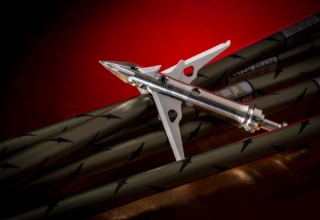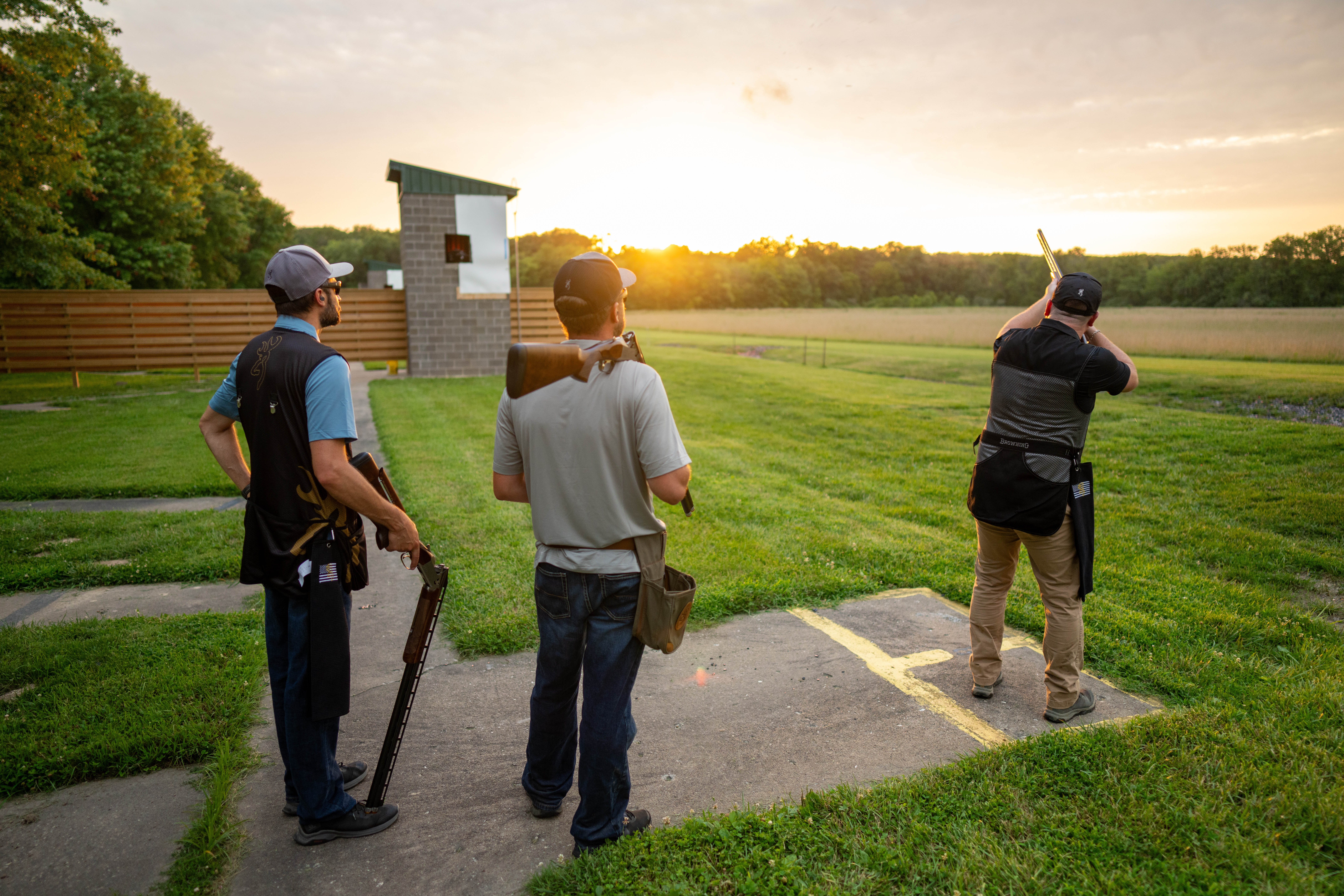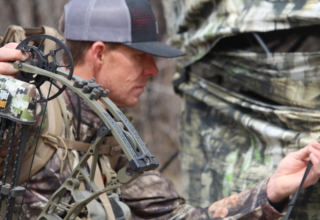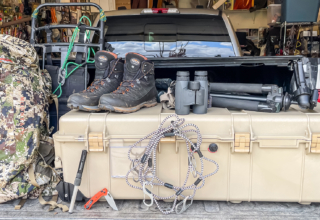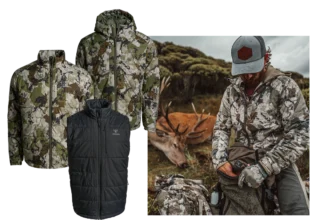Yikes! I know the title offended some of you, but don’t tar and feather me yet. Give the to-come ink a read, open your mind, and ask yourself: Doesn’t shooting an expandable broadhead make more sense?
by Jace Bauserman
Yikes! I know the title offended some of you, but don’t tar and feather me yet. Give the to-come ink a read, open your mind, and ask yourself: Doesn’t shooting an expandable broadhead make more sense?
I last shot a fixed-blade broadhead at a big-game critter in Idaho in May 2014. I was bear hunting, and at the time, the state outlawed expandable broadheads. Aside from that hunt, a fixed blade’s 8-32 threading never sees the inside of my arrow’s inserts.
Some of you are angry already but hear me out. I’m not saying fixed-blade broadheads don’t work or are unnecessary. Rather, I want bowhunters to know that if they opt for a top-tier expandable, I believe they will kill animals cleaner and quicker and recover more animals that were hit marginally.
Now that I’ve opened a can of worms, let’s dive in and see if you need an expandable upgrade or just need to join the cool kids’ club and retire your fixed-blade collection.
Field Point Accuracy
Refrain from believing the label on a pack of broadheads, even expandable ones. A bowhunter should always prove any broadhead they plan to use in a bowhunting situation is field point accurate. More to come on this. I have yet, and I’ve tested a pile of them, to shoot a fixed-blade broadhead that is field-point accurate from 20 yards to 60 yards. Yes, I have also shot many poorly crafted mechanicals that impacted the target more than four inches from the impact point of my field tips, but when you find a quality expandable broadhead, that all changes.
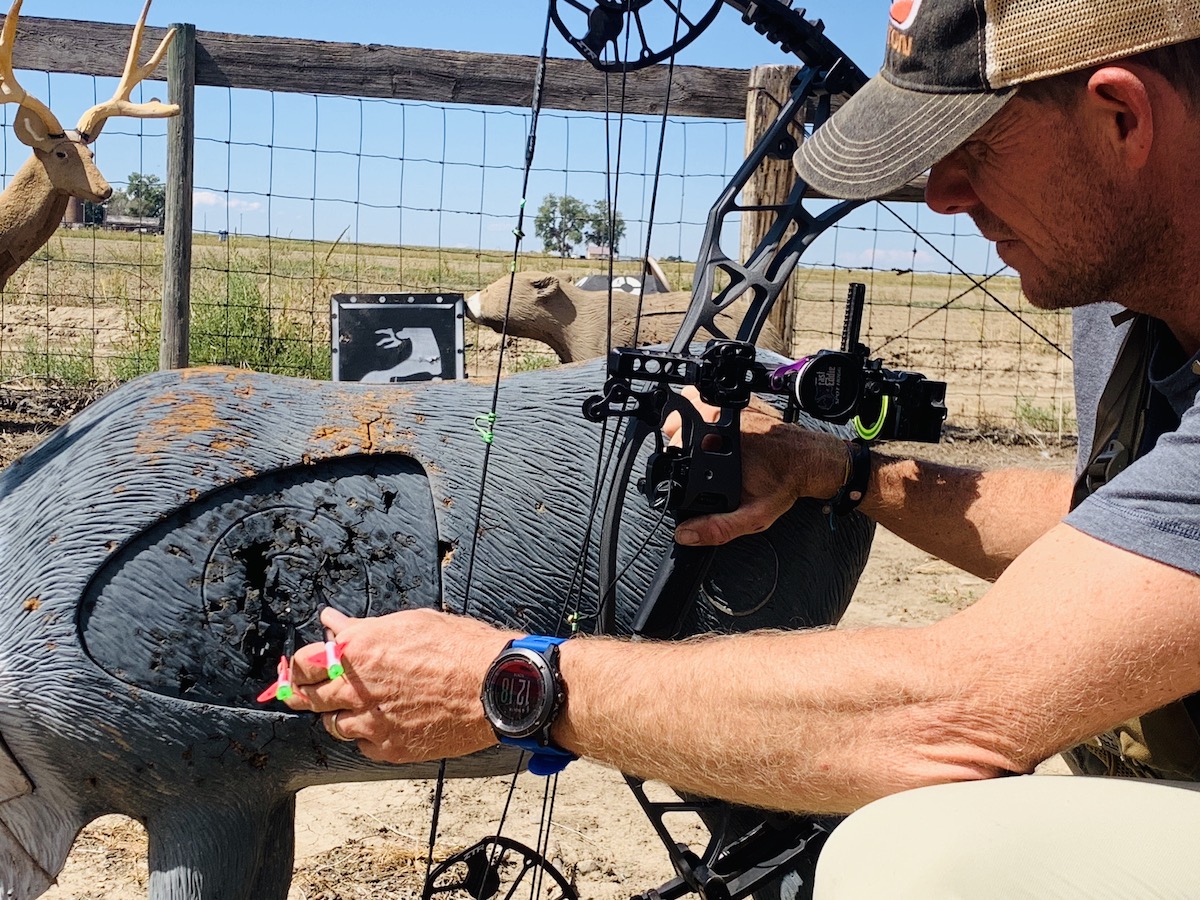
Find a top-end expandable broadhead with a low-profile, aerodynamic design, and you can bank on field-point accuracy beyond 60 yards. Enter my expandable broadhead go-to, SEVR’s Titanium 1.5. Not only has this broadhead won nearly every broadhead accuracy test it’s been subjected to, but I can also personally testify that I have shot the broadhead out to 130 yards and hit dead-on with my field points.
Why?
The design of SEVR’s Titanium 1.5 is low-profile, with no raised blades to create additional surface area. The ferrule is slim, and the broadhead better mirrors a field point’s length and overall design. A fixed-blade broadhead, even a compact one, has three and sometimes four blades that stand off the ferrule. These blades give the air more area to press against, and the design doesn’t resemble a field point. And while a good fixed-blade make may hit within an inch of a field point out of a perfectly tuned bow at 20 yards, it will not at longer distances.
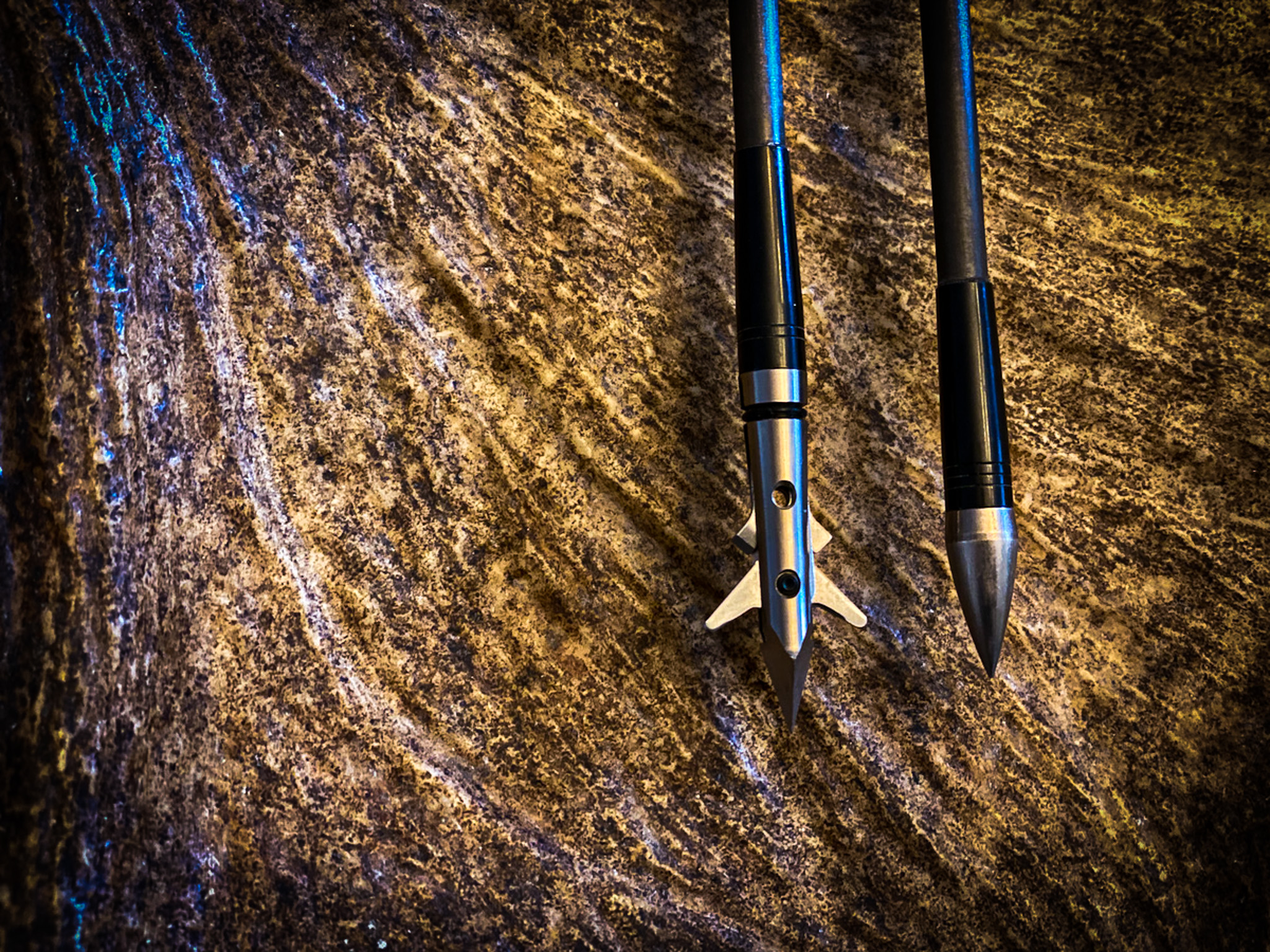
If you’re a western hunter and know your shots are typically longer than a traditional whitetail shot from a stand or blind, precision is paramount, and you won’t find a more accurate broadhead than SEVR’s 1.5.
Did You Hear That?
Another bonus to shooting an expandable broadhead is reduced noise in flight. I believe game, especially inside-of-40-yard white-tailed deer, ducks at the sound of the arrow, not the bowstring. When shooting a vented blade fixed-blade broadhead, air passing through the vent creates unnecessary noise. And even if you’re shooting a non-vented blade fixed-blade, the surface area of the broadhead gives the air more contact points, making the broadhead louder in flight. You can test this by setting up a video camera with a high-definition external microphone downrange and shooting fixed-blade broadheads head-to-head against mechanicals.
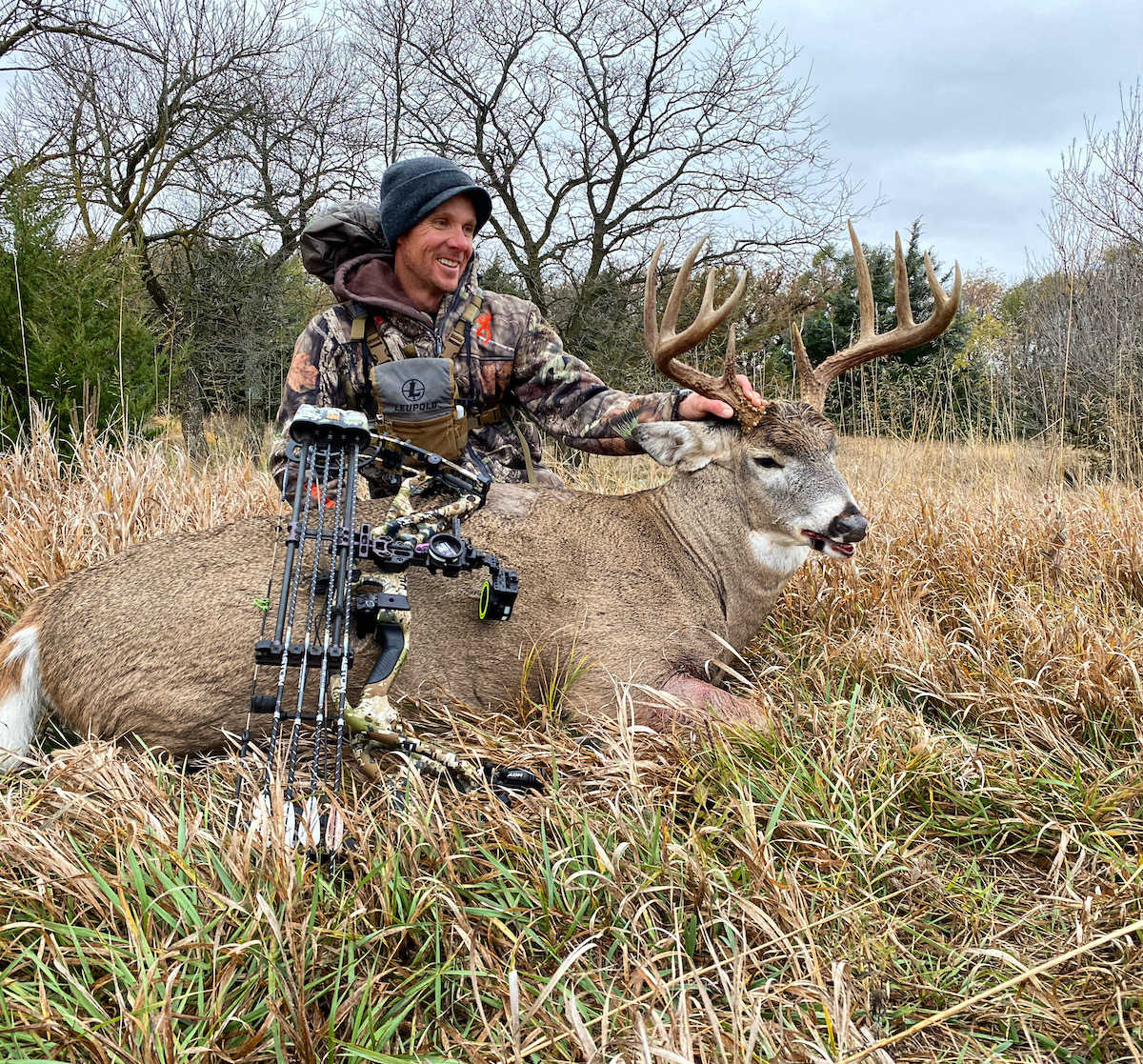
Practice With The Head You Hunt With
Broadheads, like everything else, are pricy. The last thing we want to do is spend money on broadheads that we will only use for practice. However, and I will throw myself under the bus here, not testing the actual broadhead you plan to hunt with will cost you. Early in my bowhunting career, a promised field-point-accurate fixed blade put my arrow into the flank of a bull elk, and a sub-par expandable put me four inches low on a 52-yard pronghorn.
When you shoot a SEVR, you can practice with the same broadhead you plan to hunt with. SEVR engineers created the ferrule with a second threaded hole that accepts a small set screw that comes with each broadhead. When the set screw is inserted into the broadhead, it prevents the blades from opening. SEVR calls it Practice Mode, and it is genius. Because the ferrule is made from grade-5 titanium and features a precision ground tip, it doesn’t lose its needle-point make as long as you don’t hit a hard object like concrete. I have shot my SEVR’s through 1/4-inch plywood and they remain in perfect working shape.

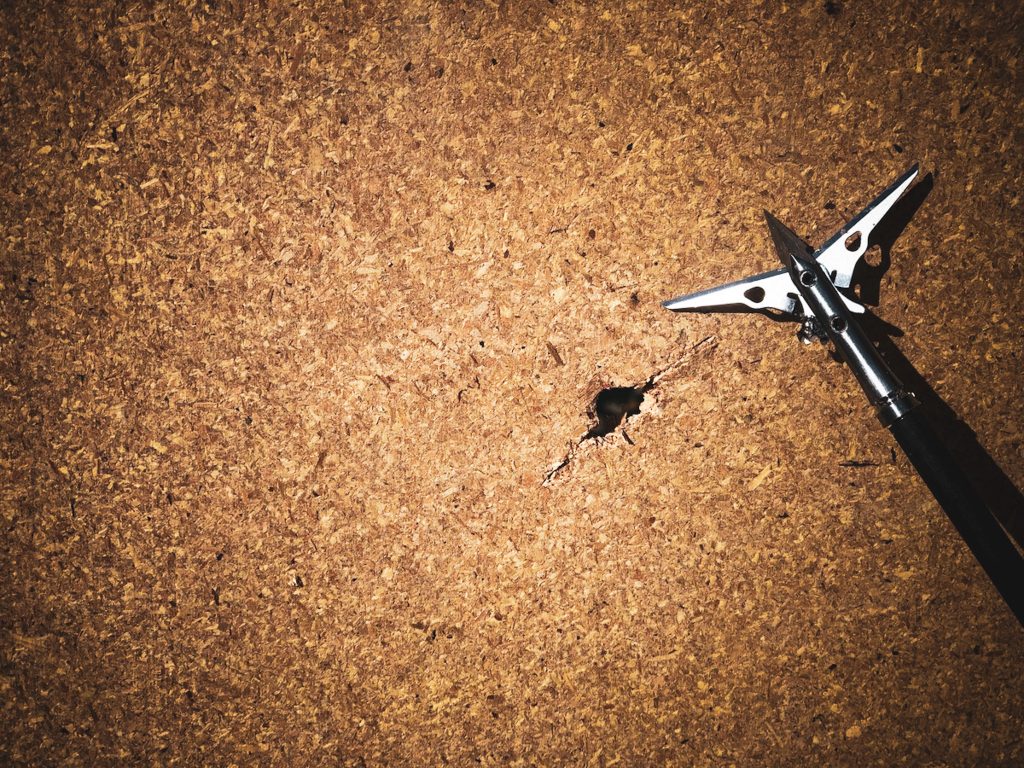
Two seasons back, I shot a bull elk at 61 yards with a SEVR 1.5 that I had shot over 30 times into a Morrell High Roller foam target. The bull was quartering away, and I put the broadhead into the bull’s last rib on his left side. The 1.5 shattered the rib, punched through the liver and lungs, and buried in the offside shoulder. How’s that for penetration?
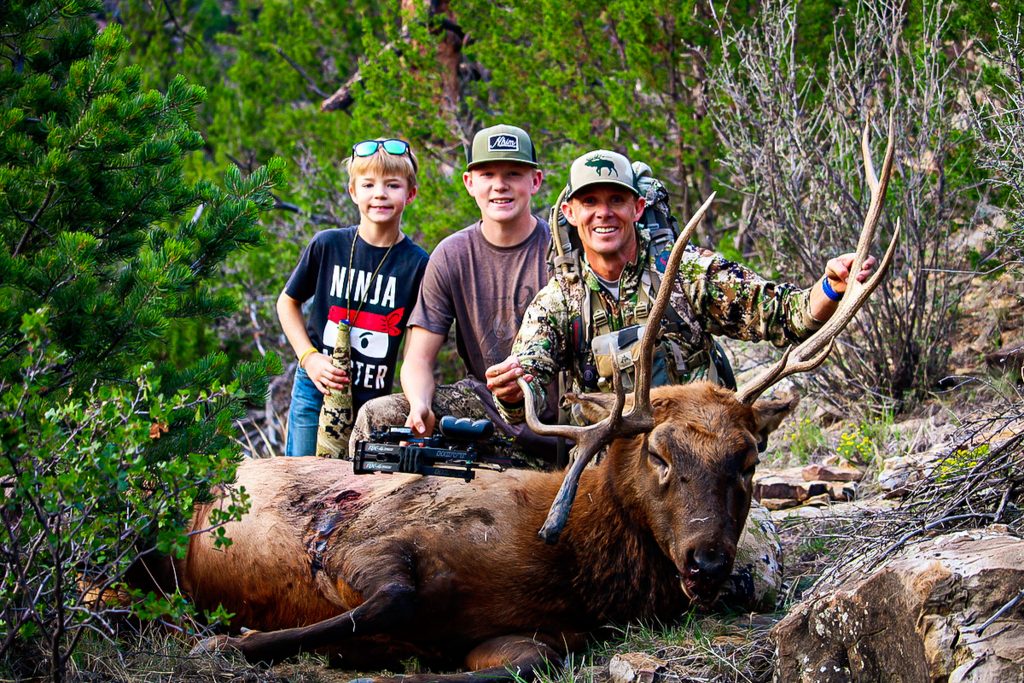
Dead Right Now!
I realize expandables have received a bad wrap for lack of penetration, durability, etc., and I’m not writing to tell you early expandable models weren’t flawed. Many were, and some current builds with cheap, brittle aluminum ferrules, pencil-thin blades, and tips that fold over when they hit hide still exist. Please stay away from them.
SEVR 1.5’s are different — the swept-back blade angle boots’ penetration, even on big-boned critters like elk, bison, and bears. Plus, the design is one in which the Lock-and-Pivot blades stay fully encapsulated in the ferrule until impact. Then as the blades slice through flesh and organs, they pivot around the bone, allowing the arrow to track seamlessly behind the broadhead and drive straight through the animal. Exit holes exceed 1.5 inches in most cases, and having shot everything from deer to bear to elk to bighorn sheep, I can testify to the red-carpet blood trails they leave.

Also, this broadhead is great for low-poundage shooters and short-draw archers. Many fixed-blade fanatics have told me: I can’t shoot expandables because they won’t open, and I will lose too much penetration. My bride of 20 years killed a buck a few years back, and she was pulling 42 pounds, and the mods on her bow were set at 27 1/2 inches. The swept-back blade angle makes a massive difference, as does the fact that the blades pivot.
Most often, the ferrule and blades are unphased, and while you may have to replace the blades, SEVR’s set removable upper set screw makes blade swap a breeze if you want to go that route.
Ultimate Trust
People tell me I’m lazy and don’t want to mess with re-sighting in my bow with fixed-blade heads. I don’t call it lazy, but intelligent, and I do prefer to avoid having to re-sight in my bow all the time and be swapping between fixed-blade broadheads and field points. I have had several fixed-blade fanatics tell me they stop shooting their bow as much during hunting season because they don’t want to shoot fixed blades at targets and don’t want to deal with the mental side of shooting field points and seeing them impact a spot other than where they are aiming. Few things in bowhunting are as important as shooting your bow when season is on. I
I will leave you with this, and I hope it resonates with you: In 2021, I drew a once-in-a-lifetime archery Colorado Rocky Mountain Big Horn Sheep license. I didn’t waver on my broadhead choice. I tinkered with much other gear, but there was no doubt in my mind what head I was threading into the end of my Easton arrows. When the SEVR-tipped Axis 4MM Long Range hit the broadside ram at a distance of nearly 62 yards, it blew both his lungs out, and the carbon shaft exploded upon exit when it hit a large boulder.
If you’re kicking around joining the expandable broadhead pool, I promise you the water is warm, and plenty of backstraps are on the grill.




